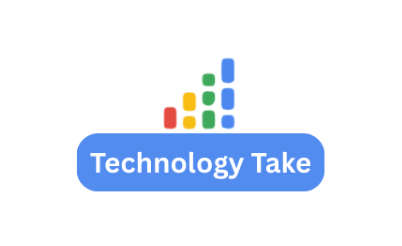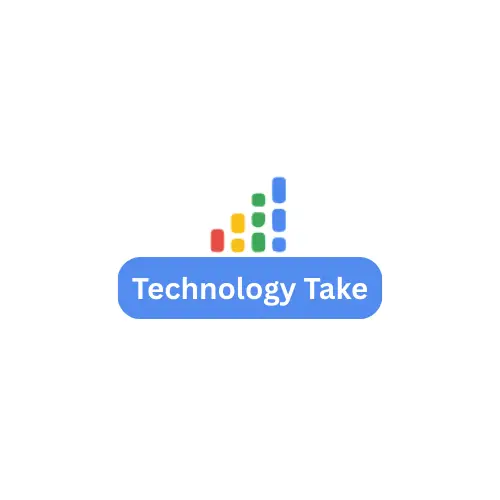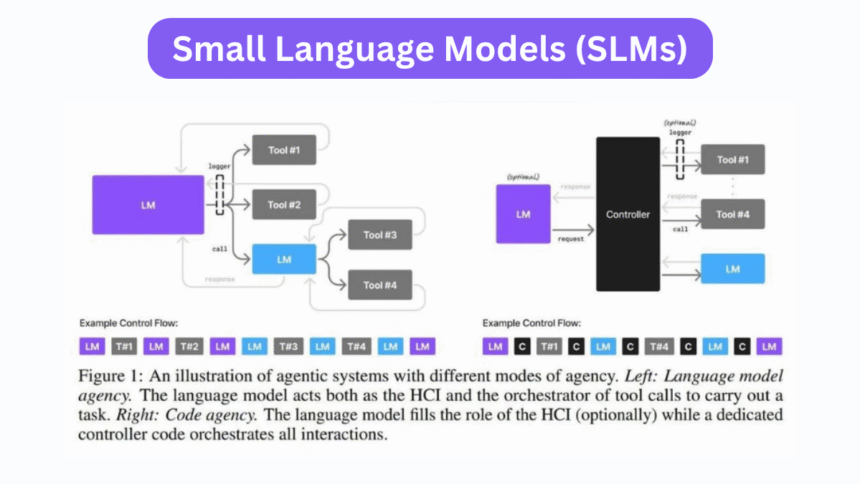The Small Language Model Revolution: Why Compact AI Dominates Business Applications in 2025
Introduction: The Rise of Efficient AI
Small Language Models (SLMs) represent a seismic shift in artificial intelligence, moving away from resource-intensive behemoths toward specialized, efficient tools. Unlike Large Language Models (LLMs) with billions—or trillions—of parameters, small language models typically operate with 0.5–30 billion parameters, optimized for targeted tasks rather than general knowledge. This compact design enables deployment on edge devices, reduces latency by 60%, and slashes operational costs by up to 50% 811. For businesses, this translates to AI integration without massive cloud dependencies or privacy compromises.
The 2025 AI landscape reveals a clear trend: enterprises prioritize precision over scale. Microsoft’s Phi-4, for instance, outperforms models 50× larger in mathematical reasoning, while Meta’s Llama 3.2 (1B–3B) processes multilingual queries on smartphones 610. This evolution makes small language models indispensable for real-world applications—from diagnosing medical images offline to optimizing supply chains in real time.
The Evolution of SLMs: From Theory to Competitive Advantage
The breakthrough for modern SLMs began with Microsoft’s Phi series, which proved that strategic data curation could compensate for reduced scale. Phi-1 (1.3B parameters), trained on textbook-quality coding data, outperformed models 6× larger on Python benchmarks. Subsequent iterations like Phi-3.5 Mini (3.8B) now match GPT-3.5’s reasoning using <4% of the parameters 611. These advances stem from three innovations:
- Knowledge Distillation: Transferring expertise from LLMs to compact models.
- Quantization: Shrinking model size without sacrificing accuracy (e.g., 4-bit Gemma 2).
- Task-Specific Tuning: Training on industry-specific datasets (e.g., legal contracts or medical journals) .
Concurrently, hardware advancements enabled local deployment. NVIDIA’s NPUs and Apple’s neural engines now run SLMs like Mistral NeMo (12B) directly on smartphones, eliminating cloud latency . This convergence of efficiency and accessibility positions small language models as the backbone of enterprise AI.
Business Advantages of Small Language Models
✅ 1. Radical Cost Efficiency
Training an LLM like GPT-4 costs ~$1.4 million per session, requiring thousands of GPUs. In contrast, SLMs like StableLM-Zephyr (3B) train for “1,000× less” and run on consumer-grade hardware . Deployment expenses plummet further with edge compatibility—e.g., healthcare SLMs analyzing X-rays on $500 devices, avoiding $50,000–$500,000 annual cloud fees .
✅ 2. Enhanced Privacy and Compliance
SLMs operate fully on-premise or on-device, ensuring sensitive data (e.g., patient records or financial documents) never leaves corporate infrastructure. This aligns with GDPR, HIPAA, and ISO/IEC 42001 standards—a critical advantage for banks and hospitals. IBM reports a 27% reduction in compliance costs after switching to SLMs for transaction monitoring .
Table: Cost/Benefit Analysis of SLMs vs. LLMs
Small Language Models SLMs
| Factor | SLMs | LLMs | |
|---|---|---|---|
| Training Cost | $1K–$50K | $1M+ | |
| Inference Speed | 60% faster (e.g., DistilBERT) | Slower, variable latency | |
| Energy Consumption | ~1 MWh (equivalent to 10 households) | ~1,287 MWh (100s of households) | |
| On-Device Deployment | Yes (mobile/IoT) | Limited to cloud | |
| Regulatory Fit | High (data stays local) | Moderate-to-low |
✅ 3. Domain-Specific Superiority
A Mayo Clinic SLM reduced patient triage time by 34% by interpreting EHR data with medical jargon precision—outpacing GPT-4’s generic responses . Similarly, legal SLMs like CoCounsel cut hallucination errors by 72% in contract review by training on case law datasets . This specialization stems from SLMs’ narrow focus, whereas LLMs sacrifice depth for breadth. For businesses, small language models deliver accuracy where it matters most.
Industry Applications Transforming Operations
🏥 Healthcare: Precision Diagnostics
SLMs fine-tuned on radiology reports or lab data provide real-time diagnostic support. For example, Kera Health’s Wolof-speaking SLM enables accessible care in Senegal, while MedPaLM-2 integrates with imaging tools to flag anomalies faster than human radiologists .
💼 Finance: Compliance Automation
Banks deploy SLMs like IBM Granite 3.2 for anti-money laundering (AML) tasks. Trained on SEC filings and transaction histories, they detect suspicious patterns with 35% fewer errors than LLMs, saving millions in audit costs .
📞 Customer Service: Micro-Assistants
Intelligent micro-models (e.g., Arcee Lite) resolve routine tickets 47% faster by learning from past interactions. A SaaS company saw chatbot usage surge 62% after replacing an LLM with a brand-aligned SLM .
Table: Top 5 Small Language Models of 2025
| Model | Params | Strengths | Best For | |
|---|---|---|---|---|
| Microsoft Phi-4 | 14B | Math reasoning, multilingual support | Research, edge analytics | |
| Llama 3.2 (3B) | 3B | Mobile optimization, 128K context | On-device assistants | |
| Mistral NeMo | 12B | Coding, function calling | AI agents, APIs | |
| Gemma 2 | 2B–9B | Privacy-first design, open weights | Secure document processing | |
| MiniCPM-V | 3B | Vision-language fusion | E-commerce, image analysis |
SLMs vs. LLMs: Strategic Selection Guidelines
Choose SLMs When:
- Tasks require specialized knowledge (e.g., legal jargon or medical coding).
- Latency under 100ms is critical (e.g., real-time robotics or trading).
- Budgets are constrained (<$50K), or data residency is non-negotiable .
Opt for LLMs When:
- Projects demand broad creative generation (e.g., marketing content across 20+ industries).
- Infrastructure exists for cloud reliance (e.g., AWS/Azure partnerships).
- Multimodal inputs (video/audio) require massive context windows 310.
Hybrid architectures offer a third path: using LLMs for initial query analysis and SLMs for execution. NVIDIA’s “6-step conversion algorithm” leverages this, routing tasks between models to balance cost and capability .
Implementation Roadmap: From Pilot to Production
- Task Identification
Cluster workflows suited for SLMs (e.g., invoice processing or FAQ responses) using tools like Arcee Orchestra . - Data Curation
Build industry-specific datasets—e.g., 10,000 annotated support tickets for a customer service SLM. Quality beats quantity . - Model Selection
Match SLMs to hardware:- Mobile: MobileLLaMA (1.4B)
- Desktop: Phi-3.5 Mini (3.8B)
- Server: Mistral Small 3 (24B) .
- Continuous Improvement
Use agentic interactions to gather user feedback, retraining SLMs quarterly with fresh data .
The Future: Small, Specialized, and Sovereign
By 2026, SLMs will power 70% of enterprise AI, driven by hardware advances (e.g., on-device NPUs) and open-source ecosystems . They also promise linguistic democratization—Meta’s India-focused Llama variant supports 22 local languages, bridging AI’s diversity gap . As IBM’s Granite 3.2 proves, smaller models with “thinking toggle” features now rival GPT-4o in reasoning, proving capability isn’t dictated by size alone.
For businesses, this means AI that’s faster, cheaper, and inherently aligned with human expertise—no longer an oracle in the cloud, but a specialist in your pocket.






